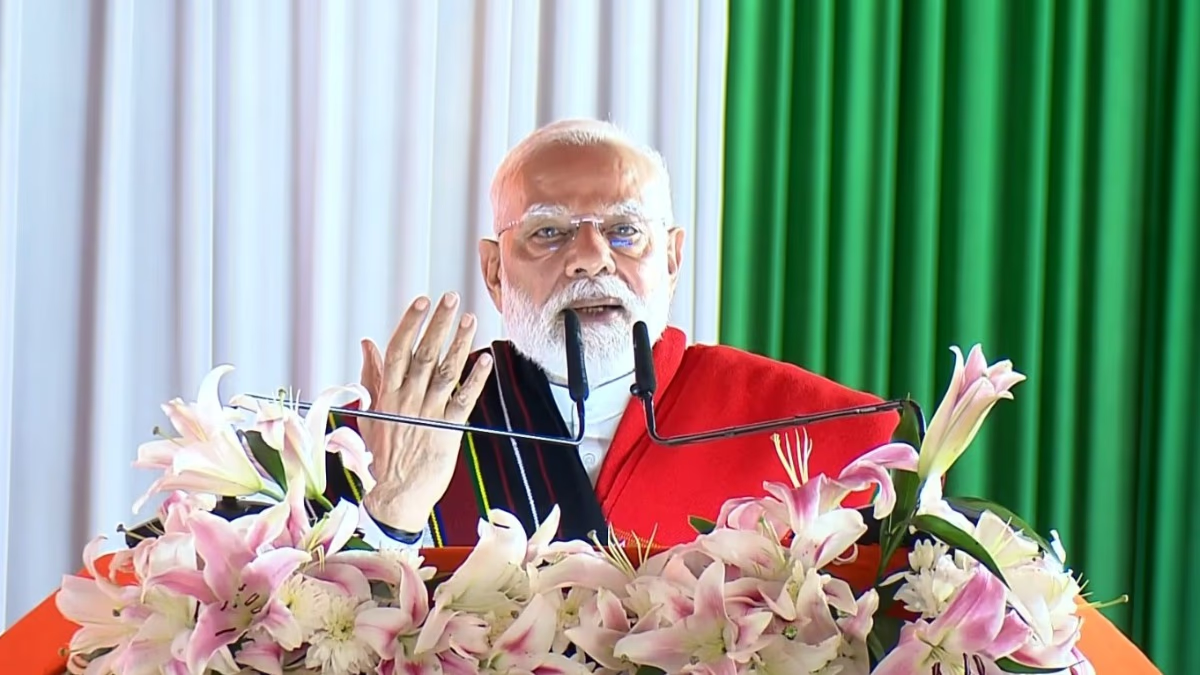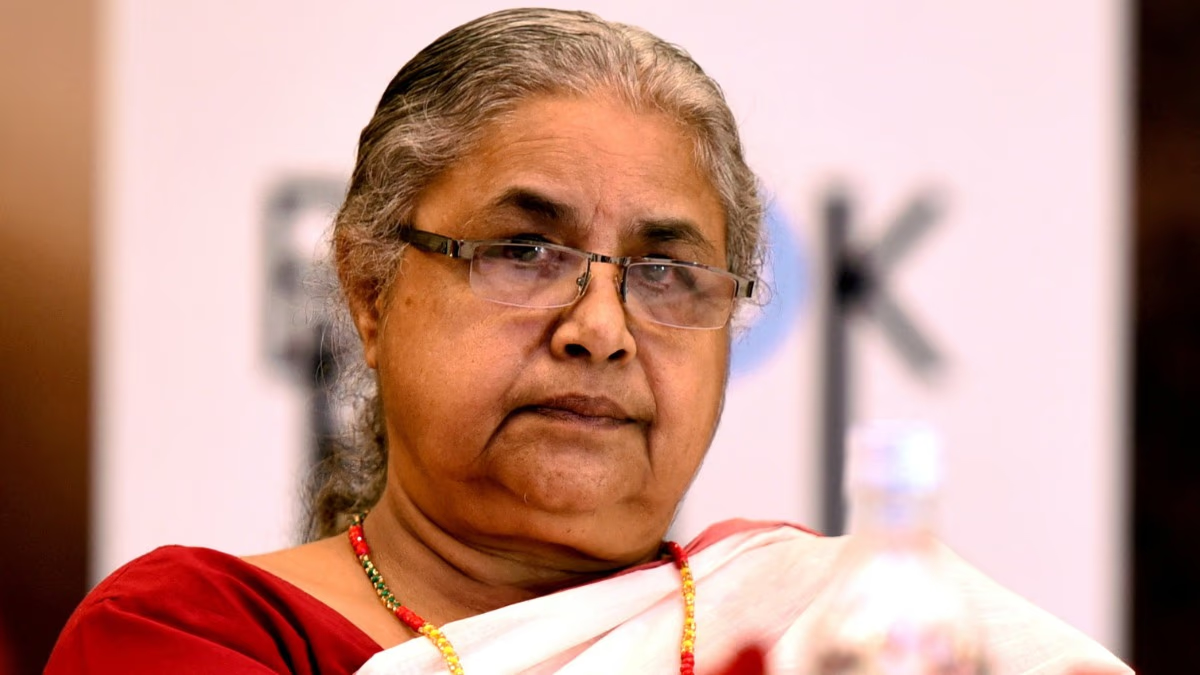After a season marked by extreme heat, the weather department has brought a refreshing update about the monsoon. The IMD predicts that this year the country is set to receive above-normal rainfall. Given that India is primarily an agricultural nation, the monsoon showers play a critical role in our farming sectors.
India expects more abundant monsoon rainfall
IMD Director General Mrutyunjay Mohapatra indicates that while northeast India may see less than usual, northwest regions expect average showers, with central and south peninsular areas likely to receive above the typical levels. The four-month monsoon season, from June to September, could bring rainfall amounting to 106% of the Long Period Average of 87 cm.
The heart of India's monsoon region encompasses vast swathes of rain-fed agricultural land, where rainfall exceeding 106% of the long-term average is probable. This spells great news for the country. Notably, significant parts of Madhya Pradesh, Gujarat, Maharashtra, Odisha, Chhattisgarh, Jharkhand, Bihar, West Bengal, and Uttar Pradesh make up the central monsoon belt, where farming heavily relies on precipitation.
IMD data shows a shortfall in cumulative rainfall at 94% of the long-term average during the June and August dry spells of 2023. Conversely, north-eastern India has recorded below-normal monsoon rainfall since 2021. However, projections show typical rainfall ranging from 92-108% of the 166.9 mm long-term June average.
The monsoon season has arrived! Monsoons to strike Kerala tomorrow, discover when it will reach your city
Conditions favorable for monsoon onset in Kerala
Experts believe that temperatures will generally be above normal in June across India, except in some parts of the southern peninsula. Kerala appears to offer favorable conditions for monsoon initiation. With parts of the country gripped by heatwaves affecting the power grid and creating near-drought conditions, the likelihood of higher-than-normal monsoon rainfall offers a significant reprieve.
Scientific analysis suggests a decrease in rainy days and an increase in heavy rainfall events, leading to more frequent droughts and floods. About 52% of India's cultivable area depends on monsoon showers, which are also vital for replenishing reservoirs for electricity production and drinking water countrywide.
Monsoon showers before the onset in Kerala prompt an IMD alert for these states, with monsoon rain being a boon for farming.
The Central Water Commission reports that water storage in India's 150 significant reservoirs has dwindled to just 24% of current storage, triggering water shortages in several states and affecting hydropower production. June and July are considered the key months for agriculture during the monsoon season, as most kharif crop sowing occurs then. Current conditions indicate the presence of El Niño, likely transitioning to La Niña by August-September.
El Niño is associated with weaker monsoon winds and dry conditions in India, with La Niña typically causing abundant rainfall during the monsoon. Data from 1951-2023 shows that India experienced above-average rainfall during the monsoon season following a La Niña event succeeding El Niño in all nine instances. The Met department has predicted above-average or normal monsoons in 20 out of 22 La Niña years.
The IMD also suspects the development of a positive Indian Ocean Dipole (IOD) to the east, potentially beneficial for rainfall in several southern Indian states. IOD is currently neutral but is expected to turn positive by August. Another factor is the lower-than-normal snow cover in the Northern Hemisphere and Eurasia, which has shown an inverse relationship with monsoon patterns. Nevertheless, weather forecasters are optimistic about above-normal monsoon rainfall in India's rain-fed agricultural regions this year.




